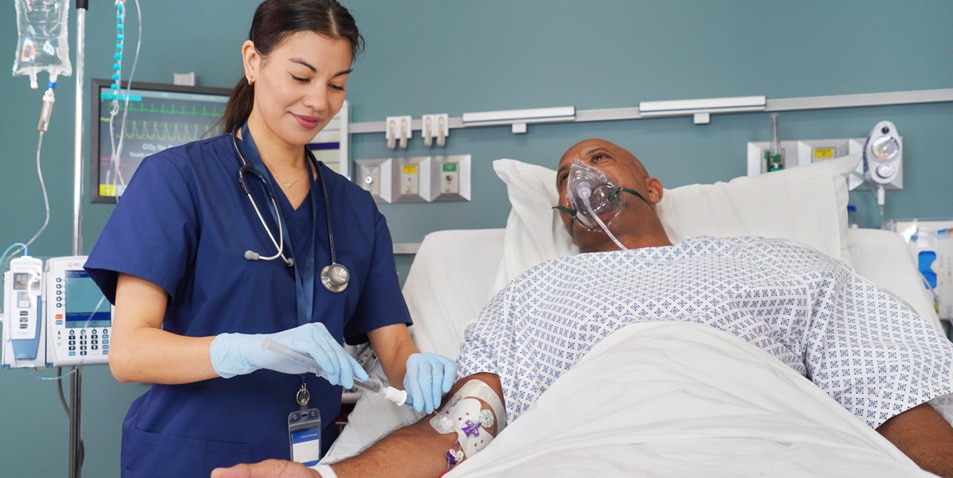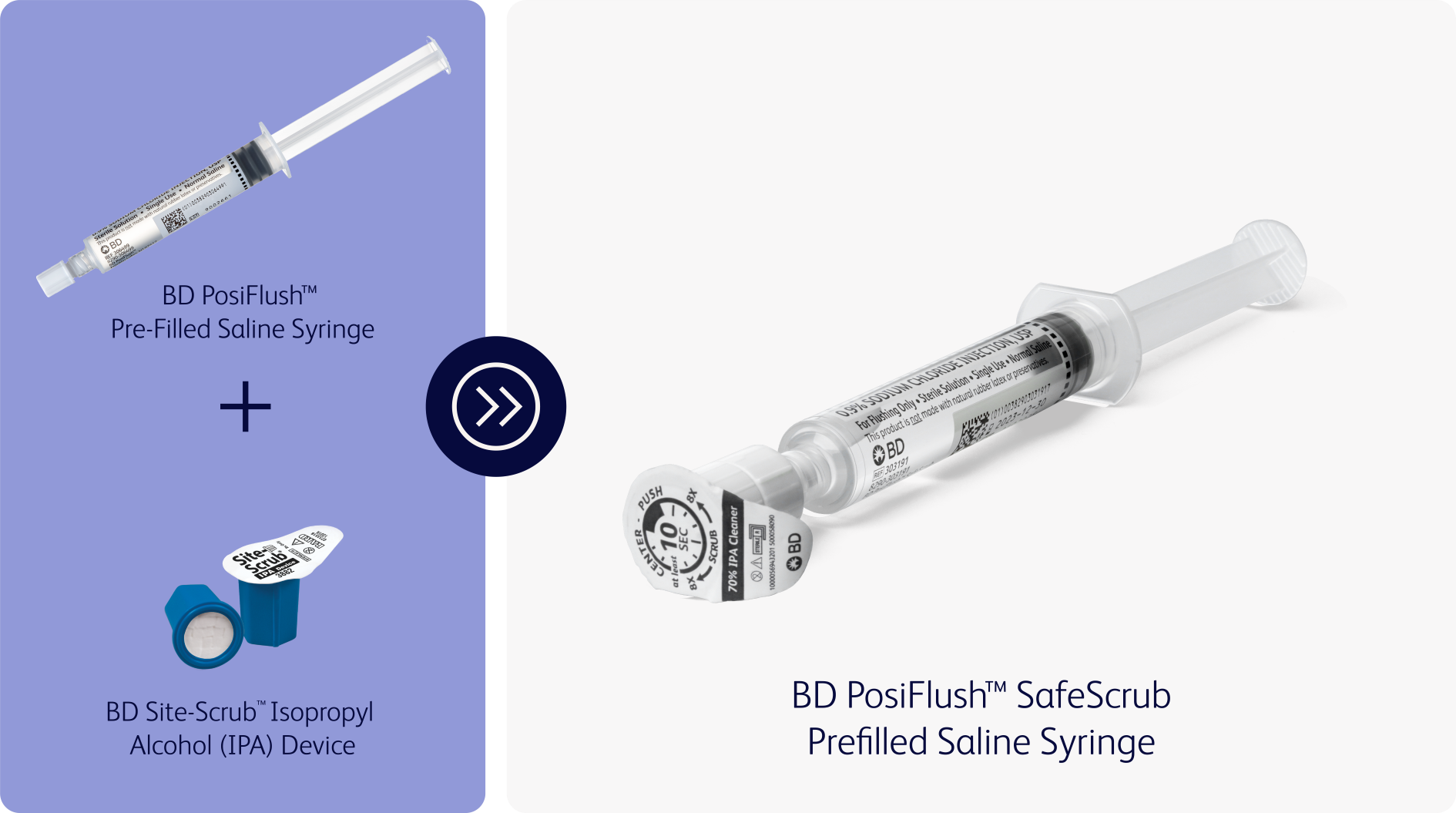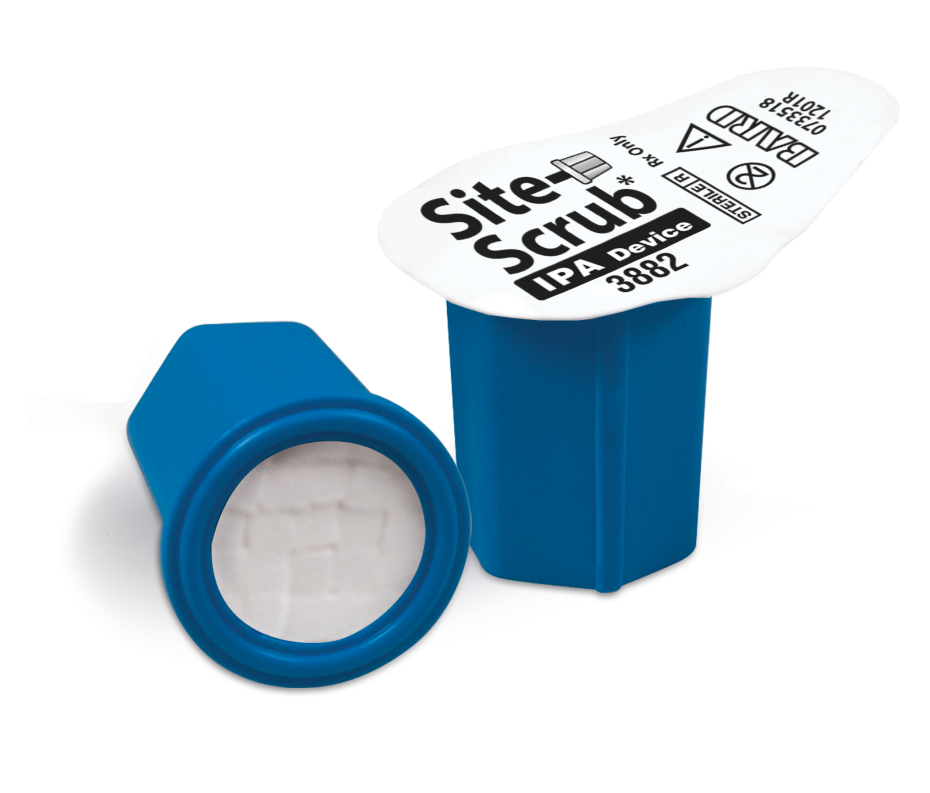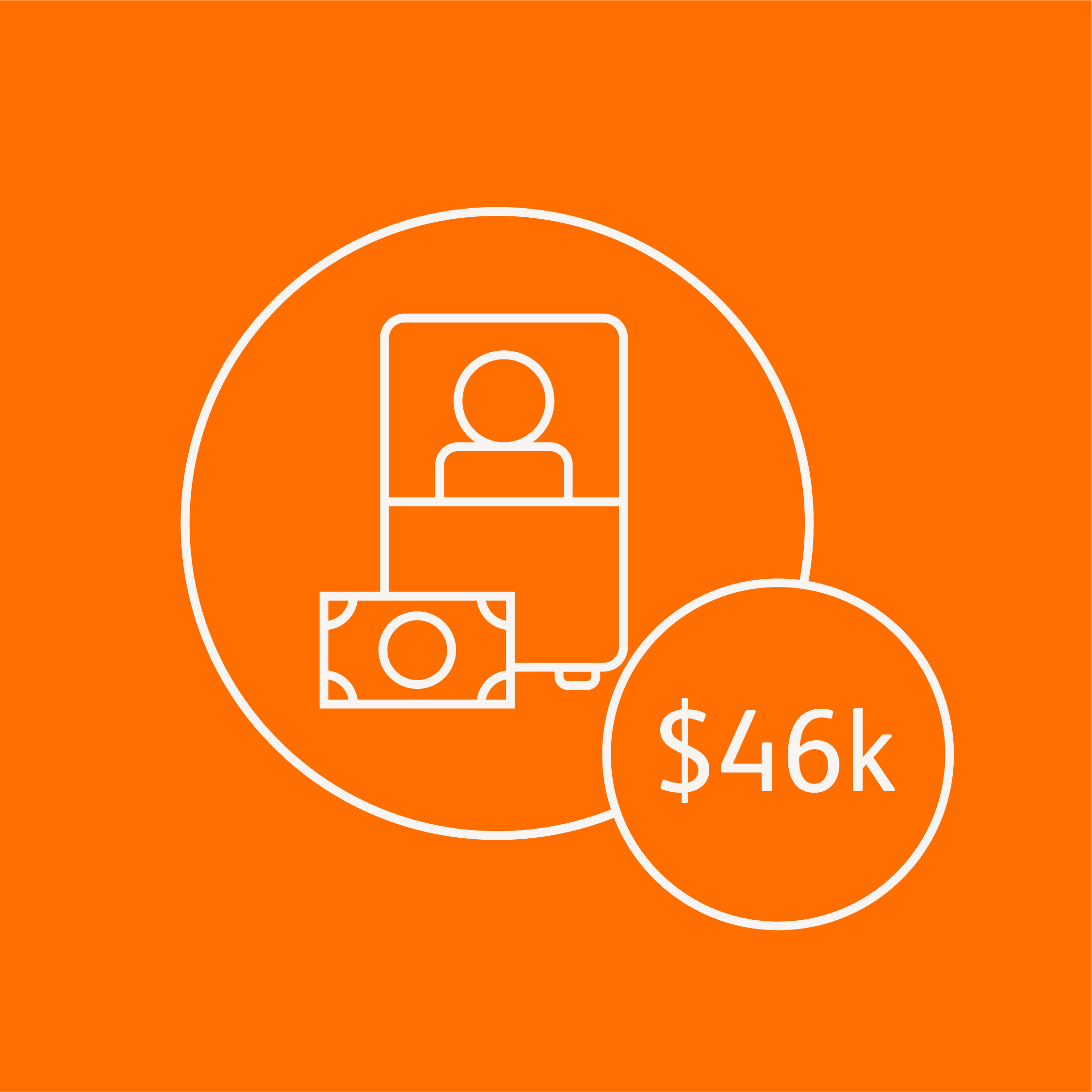†In a simulated use study of 60 clinicians, BD PosiFlush™ SafeScrub demonstrated ‘scrub the hub’ compliance of 34% in simulated uses (compliance defined per IFU as a minimum of 8 repetitions clockwise alternating with 8 repetitions counterclockwise). The standard practice of alcohol pads and prefilled saline syringes demonstrated ‘scrub the hub’ compliance of 17% in simulated uses (compliance defined per clinicians’ hospital policies, between 5–30 seconds or number of scrub rotations).
*In vitro test results may not be predictive of clinical performance. Demonstrated reduction of the most common causative agents of CRBSI including Staphylococcus aureus, Staphylococcus epidermidis, Acinetobacter baumannii, Pseudomonas aeruginosa, Escherichia coli, Candida glabrata and Candida albicans.











